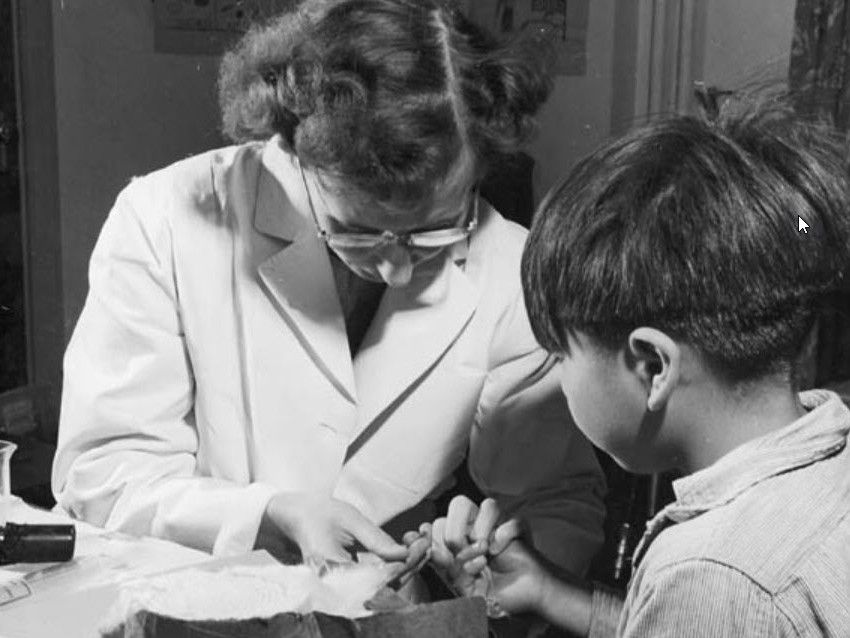by anthony fong
“this is our third day without food,” says jutani oloota atsiaq of kinngait, nunavut, a single mother of three children under four years old. unable to work because she can’t arrange child care, she has resorted to asking others for leftovers and posting on social media for financial help.
despite a broad government response to nunavut food insecurity that includes subsidized groceries, food hampers, grocery vouchers and covid isolation kits containing food, atsiaq and others say they have to resort to their own measures to put sufficient food on the table.
atsiaq, who has been living on income support since her eldest was born, says the payments don’t cover the rising prices of food, which could include $5 for a loaf of bread or a litre of milk: “i haven’t gone to the store for a while now because i can’t afford to.”
but few people she knows can afford to lend a hand – even her relatives.
natan obed, president of indigenous rights organization inuit tapiriit kanatami (itk), has called food insecurity “among the longest-lasting public health crises faced by a canadian population.” it affects 78 per cent of inuit over the age of 15 and is rooted in “colonialism, systemic racism and structural inequity in canada,” says obed.
itk’s inuit nunangat food security strategy, released last year, calls for long-term investments in food systems, legislation, programs and research. examples of action items include a call for initiatives to sustain the country-food economy and the creation of an inuit nunangat school food program.
but for many, help is needed now.
iqaluit grocery store manager stephane daigle has been donating cooked meals from his porch nearly every sunday since october 2020, feeding up to 50 people at a time out of his own pocket – a considerable feat in a city of nearly 8,000.
he says he feels a responsibility to do so: “i feel that a lot of us… not born and raised in nunavut … are pretty fortunate. a lot of us could give back.”
daigle says people have been posting food leftovers for pickup on iqaluit’s public service announcements facebook page, which has seen at least eight such posts in the past month.
among those posting is pia sowdluapik, who offered her leftover ham soup on the page. within four hours, it was claimed by five people.
sowdluapik says that those on income support struggle because their payments aren’t keeping up with rising food prices. elders with limited pensions seem to struggle the most, she says.
romeyn stevenson, assistant executive director of the qikiqtani inuit association (qia), says the association has responded with support for elders, who are often primary caregivers for their grandchildren and more likely to be the ones who “ensure that people in their households get fed.” qia’s federally funded food voucher program, operating in nunavut’s eastern qikiqtani region, aims to “put cash in people’s pockets to purchase groceries.” up to $2,000 in vouchers are available to inuit elders 60 and older until march 22.
vouchers were also distributed to inuit of all ages during covid outbreaks in arctic bay, kimmirut, iqaluit, pond inlet and kinngait. food hampers were provided to residents of sanirajak and pangnirtung during their outbreaks.
aluki kotierk, president of treaty rights organization nunavut tunngavik incorporated (nti), says that during the pandemic, nti asked: “how do we support inuit so that there’s a better probability of (them) following public health measures?”
nti implemented a covid isolation kit program, providing infant formula and other products to support nunavummiut during their isolation. to date, approximately 6,640 isolation kits have been given out.
on jan. 13, the government of nunavut also announced $4.5 million to bolster its own food hampers program during nunavummiuts’ covid-19 isolation periods.
sheldon nimchuk, director of project management for the qikiqtaaluk business development corporation (qbdc), says much of the previous literature on food insecurity describes the extent of the problem but is limited in terms of going forward with solutions.
as part of its northern food innovation challenge, the canadian northern economic development agency (cannor) recently awarded up to $250,000 of funding to qbdc and four other nunavut-based applicants. in the program’s first phase, nimchuk says, qbdc will work with hamlet-based organizations to find “that magic formula of sustainability” in local harvesting industries such as hunter and trapper organizations and fisheries.
another recipient of cannor funding is iqaluit’s qajuqturvik community food centre, whose executive director, rachel blais, says its daily community meal program served 150 meals a day before the pandemic. but since the canada emergency response benefit (cerb) program ended in october, that number has grown to 250 a day.
qajuqturvik’s other programs include weekly “healthy food box” distributions that serve about 70 families a week and a new country food box program that supports hunters, an action that blais calls “one of the key components to addressing food insecurity in the north.”
one of advocates’ major fears is that as nunavut moves past the covid-19 pandemic, federal funding for food programs will dry up. “the food insecurity crisis won’t go away,” says stevenson.
kotierk, who shares this concern, paints a larger picture of food insecurity as a barrier to human development: “many of us are thinking about where our next meal is going to come from or where we’re going to sleep tonight. when we’re thinking about basic needs, there’s no time or energy to think about the philosophical aspirations, about what we want as a territory.”
anthony fong is an emergency physician in vancouver and clinical assistant professor at the university of british columbia faculty of medicine.
this article is republished from healthy debate under a creative commons license. read the original article.
share story
share this story
nunavut struggling with crisis that ‘won’t go away’
 4 minute read
4 minute read









